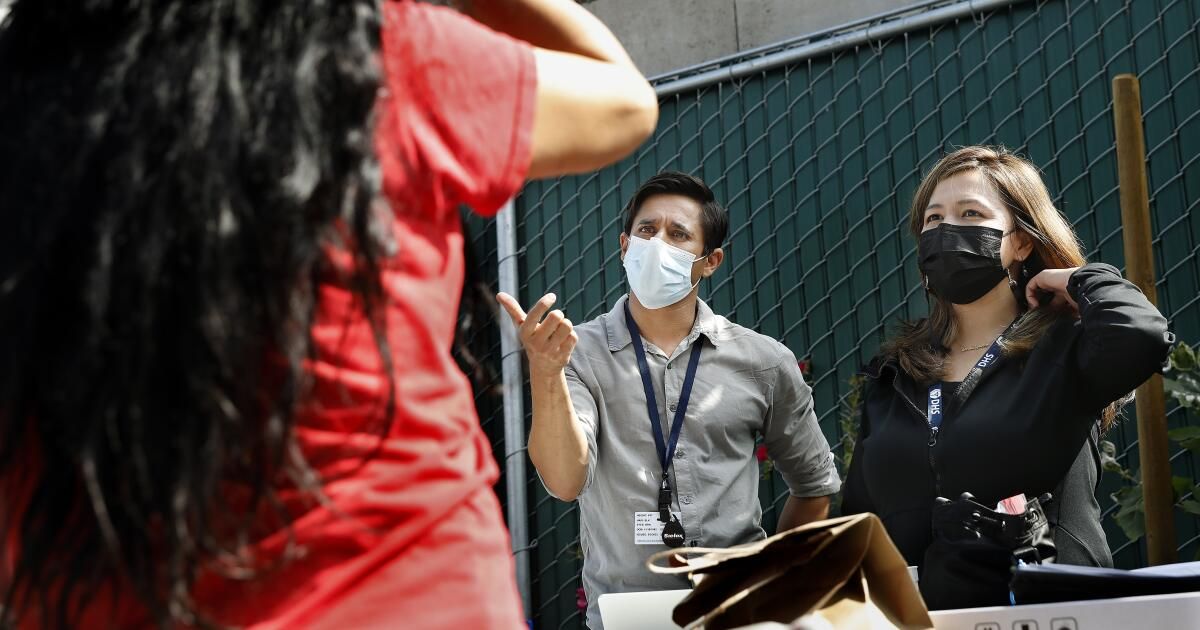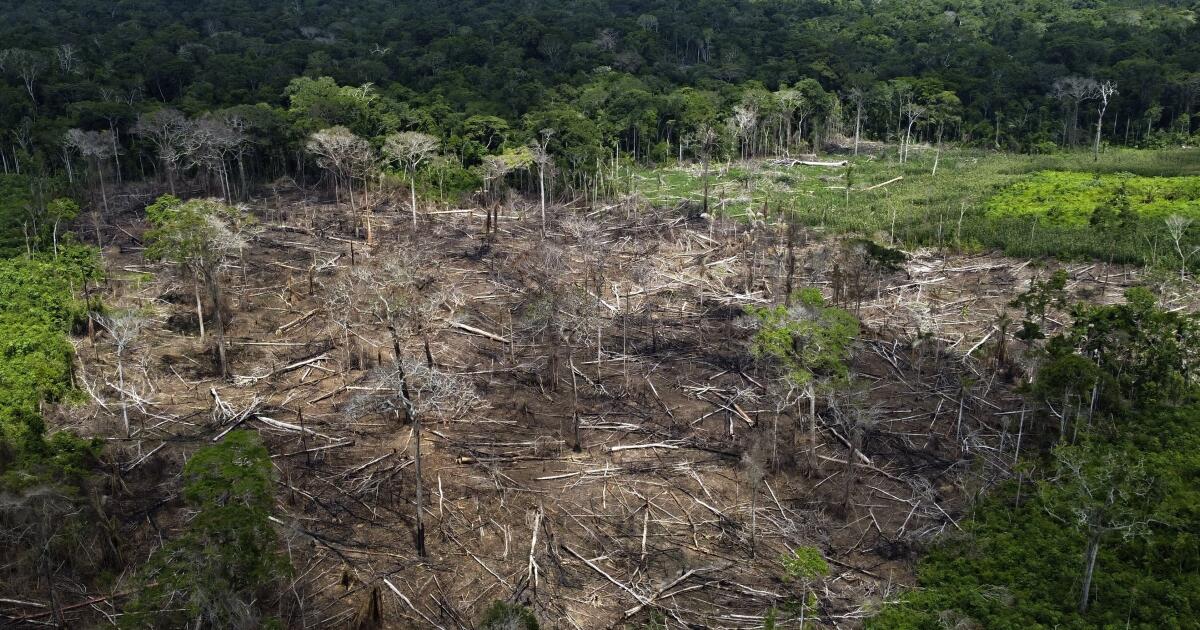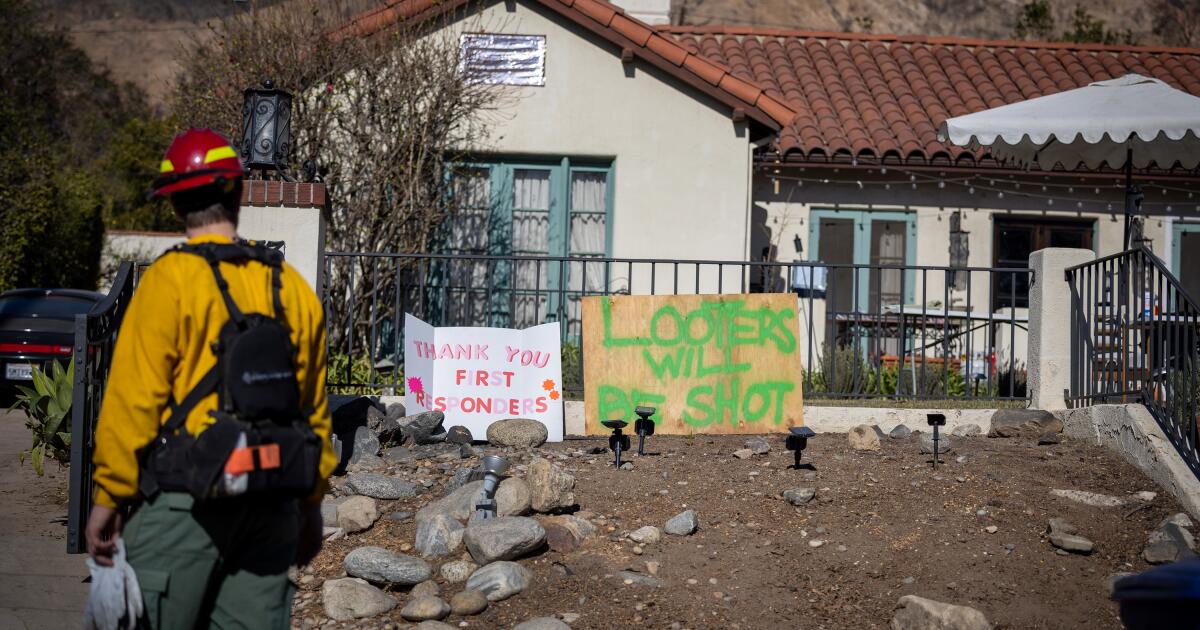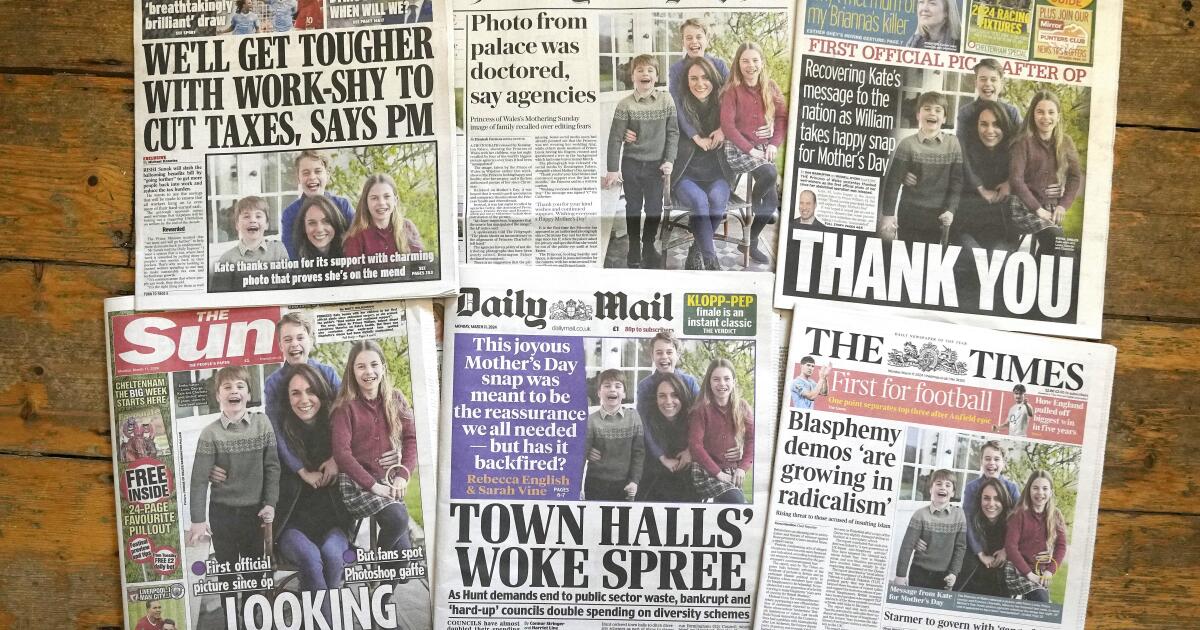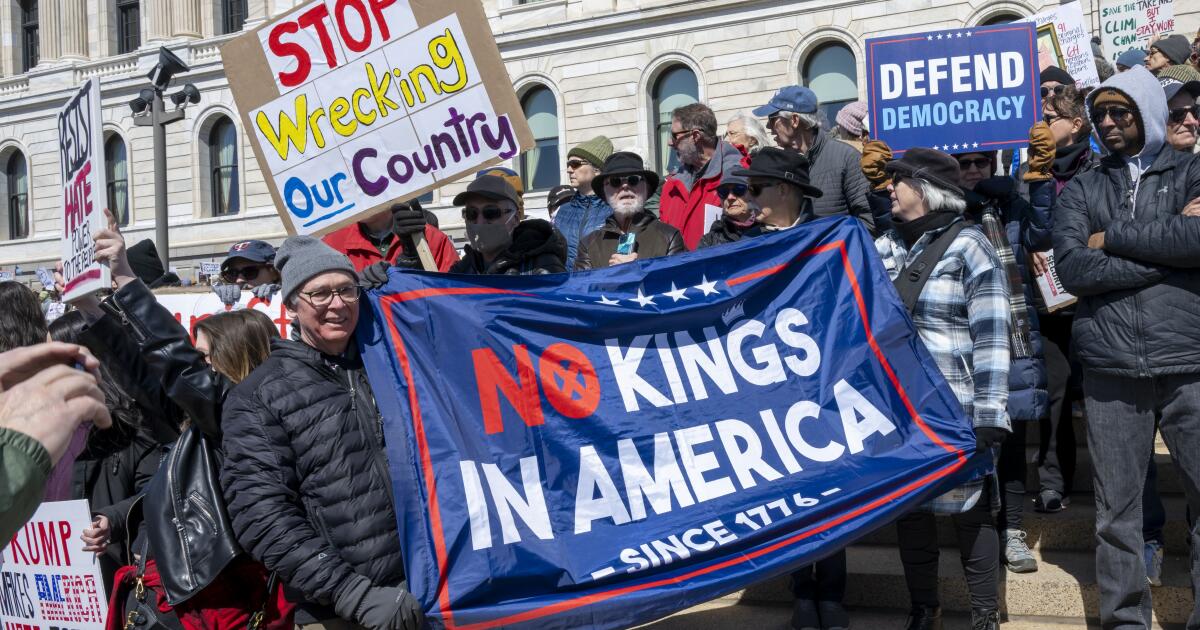Los Angeles has recently witnessed a series of knife attacks and other crimes in which suspects exhibit not only violent but also bizarre behavior, often attributed by the public to mental illness, but which, according to professionals, have the distinctive characteristics of something completely different:
Methamphetamine.
Methamphetamine use is no secret. The addictive stimulant is a fixture of popular culture, both on the big screen (“Winter's Bone”) and the small screen (“Breaking Bad”). But when officials talk about the devastating impact of controlled substance abuse, they usually focus on fentanyl, a powerful opioid.
It is fentanyl that bombastic politicians falsely claim is found in Halloween candy or can kill on contact with the skin (it is not, and cannot be). It's fentanyl they say is crossing our porous southern border and flooding our streets (true, but it's usually hidden among travelers and cargo entering legally, not among people crossing illegally into the U.S.). Fentanyl is the target of numerous bills in the state Legislature aimed at combating drug crimes by increasing penalties.
By contrast, lawmakers rarely focus on illicit methamphetamine, and we in Los Angeles rarely talk about its effects on public health and safety, including psychosis that mimics serious mental illness. There is a widespread, but erroneous, belief among consumers that possessing and using this drug is as legal as cannabis, and not more dangerous. Even some law enforcement officials and doctors incorrectly believe that the law allows its use.
Although it has historically been the drug of choice for white motorcycle gangs and underemployed residents of the desert or Central Valley, it is exploding among high school students in Los Angeles and the Inland Empire who use it to concentrate while studying for exams, residents from housing complexes that appreciate its extremely low cost and easy access, and people who live on the streets and want to stay up all night to defend themselves from attacks. Use among all socioeconomic groups has expanded greatly over the past decade, according to the National Institutes of Health and other public health watchdogs.
Methamphetamine rarely coincides with fentanyl's presence in the news, aside from sporadic raids like last month's story after a cleanup crew discovered 235 pounds of meth in an Airbnb home in the Alhambra. But from time to time it sneaks into the discussion. After the April 21 home invasion at Mayor Karen Bass's residence, for example, police and substance use experts said the intruder's actions seemed typical of someone in a methamphetamine-induced crisis.
And, in fact, suspect Ephraim Matthew Hunter told reporters that he had been in the midst of a methamphetamine binge for five days, paranoid and looking for a place to hide from an imaginary pursuer. It was only by chance, he later said, that the house he broke into was the mayor's official residence. If so, it could have been any house. While there is no basis to argue that all of those robberies or attacks on bus drivers or Metro passengers involved methamphetamine, it is naive to argue that none of them did.
Los Angeles has a serious meth problem and it's time to talk about it, frankly, clearly and publicly in a way that we haven't yet, at least not to the extent that we discuss fentanyl, mental illness, COVID-19 or even measles.
Why hasn't this appeared yet? There are many possible reasons. Methamphetamine may seem much less alarming than fentanyl, which can kill quickly when ingested. Meth rarely does that. Instead of dying suddenly from an overdose, long-term meth users tend to simply disintegrate, losing teeth and suffering heart and other organ failure along with behavioral changes. Without sudden death, methamphetamine use may seem less of an emergency.
It's also possible that methamphetamine is talked about less because there is so little that can be done about it. There is no treatment like naloxone, which can temporarily reverse an overdose of fentanyl or other opioids. Or Suboxone, which can calm opioid cravings and treat addiction.
Or it could be that the treatments we have are very controversial. Contingency management is an incentive-based program with a short but strong track record of success, but offering recovering users rewards for each day their drug tests are clean has little appeal to critics who call for more traditional treatment and harsher penalties.
Or maybe it's because officials recognize how poorly Los Angeles and other jurisdictions responded to the crack epidemic of the 1980s and '90s and are worried about repeating the same mistakes: fighting a dangerous public health crisis by investing too much and exclusively in arrests. and incarcerations and too little in treatment and economic development, often magnifying the social devastation caused by drugs.
Or it may be because the conversation, when it occurs, too often devolves into ideological extremes: one faction insists that most of Los Angeles' homeless population is on the streets due to drug use, and another faction equally adamant in that homelessness is solely a function of housing costs and has little connection to drug-induced dysfunction. Meanwhile, many homeless users say they took the drug when they moved to the streets, where methamphetamine is plentiful and cheap.
In any case, as meth use spreads and affects more lives, we cannot afford to avoid the conversation any longer. Los Angeles County has important programs aimed at helping methamphetamine users, but they don't always complement each other well. A 4-year program to raise awareness was weakened by COVID-19.
The Board of Supervisors last week approved Lindsey Horvath's call for a report from public health, mental health and other officials on the response to methamphetamine use, and it's a welcome step. But, as is typical in the county, officials were given 90 days to respond. Los Angeles needs a greater sense of urgency to understand and address its meth problem.

